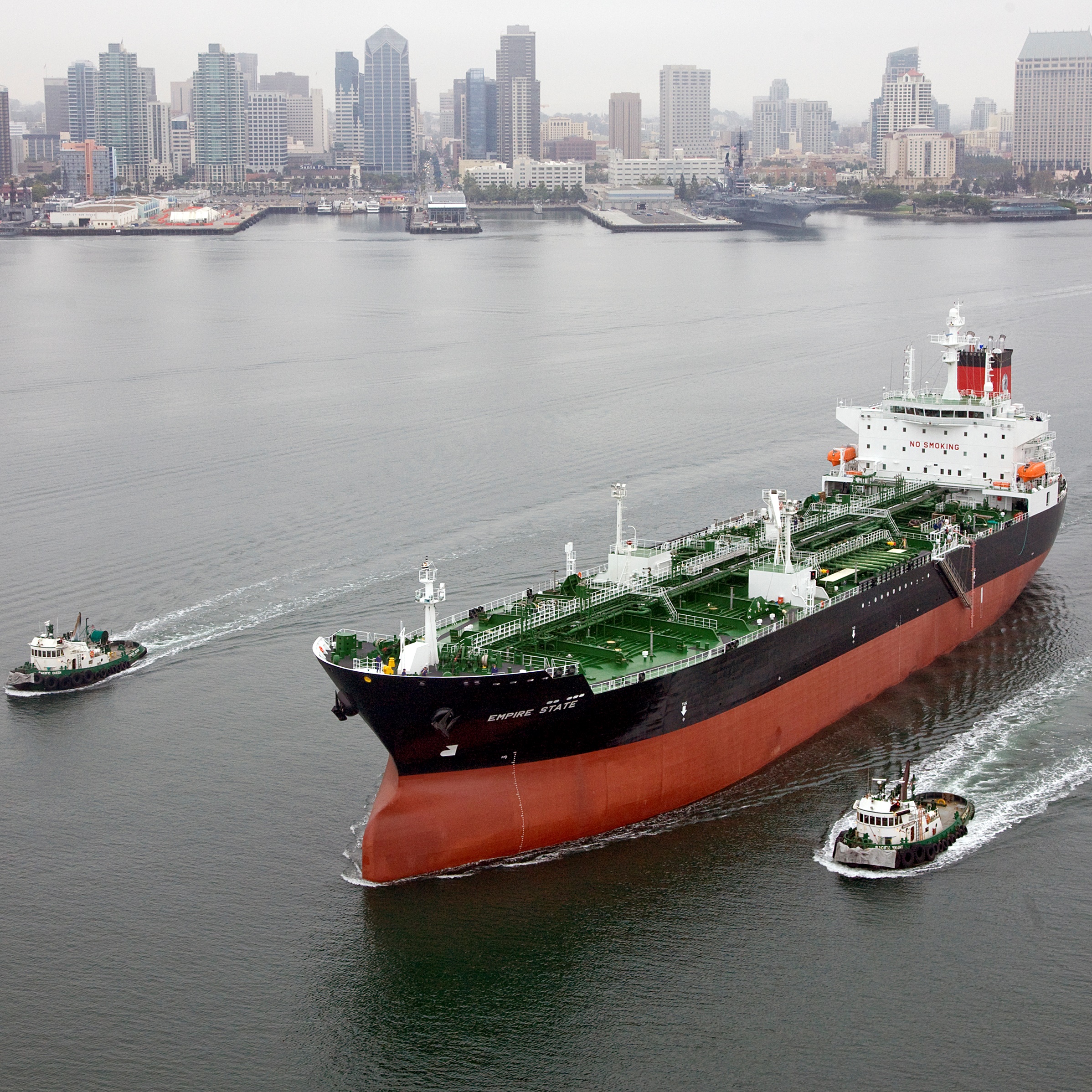

Last December when Kinder Morgan Inc. (NYSE: KMI) sliced 75% off its quarterly dividend, the stock price plummeted, dropping nearly 50% before beginning to make a comeback. Shares closed Friday at about 10% below the closing price on November 30.
We noted in an earlier story that Berkshire Hathaway Inc. (NYSE: BRK-A) bought 26.5 million shares of Kinder Morgan stock in last December at a price somewhere below $15 a share. At Friday’s closing price, that’s a profit of some 40% for Warren Buffett’s conglomerate. Why did Berkshire buy at what was arguably Kinder Morgan’s lowest point in nearly five years?
Likely because Kinder Morgan’s price-to-book ratio at the end of December 2015 was barely more than 1. The company had 2.23 billion Class P shares outstanding, and, at a per share price of $14.50, Kinder Morgan’s market cap was around $32.34 billion. That ratio had risen to around 1.38 by the end of last week as market cap rose to about $48 billion.
Divestitures have given Kinder Morgan a needed shot of cash, and the joint venture deal it recently struck with Southern Co. (NYSE: SO) had the added benefit of wiping away some of Kinder Morgan’s $42 billion in long-term debt.
Distributable cash flow (DCF) is a non-GAAP measure that is roughly comparable to net income per share and is Kinder Morgan’s preferred way of comparing basic cash flows to the cash dividends it expects to pay shareholders. Another way of looking at DCF is as coverage in excess of dividends.
DCF for the first quarter totaled $0.55 per share, down from $0.58 in the year-ago quarter, primarily due to low crude oil prices. But crude oil prices improved by more than a third in the second quarter, and that put some extra cash in Kinder Morgan’s pocket. What will the company do with it?
The company has cut certain projects from its backlog and has said that it has enough cash now to meet its needs for growth this year. And pipeline companies like Kinder Morgan, whether C-corporations or master limited partnerships (MLPs), must grow or die. Regulated fees for pipeline transportation of oil and gas are guaranteed but not easily increased. The only ways to overcome this are to grow by building more pipelines or to grow by acquiring assets from a peer. Kinder Morgan is growing at a slower, but still noticeable rate, so that base is covered.
How much cash in excess of coverage could Kinder Morgan generate? In the first quarter the company paid out $278 million in dividends ($0.125 per share) while DCF totaled $1.23 billion after paying preferred dividends of $40 million. Crude oil has traded around 20% above the company’s $38 per WTI barrel annual estimate since late March and is expected to finish the year at an average price per barrel of around $44. Natural gas prices have improved as well, from a low below $2 per thousand cubic feet in late February to near $3 in late June.
DCF is virtually certain to rise in the second quarter, and now that Kinder Morgan has managed to control the bleeding there’s good reason to expect at least a modest boost. A half-cent increase to 13 cents a quarter is a 4% dividend hike and would cost the company about $11.2 million and generate a ton of good will.
An increase would also override the first quarter’s announcement that DCF would fall 4% below Kinder Morgan’s original estimate. The company would be delighted to eat those words.
Kinder Morgan’s chief rival, Enterprise Products Partners LP (NYSE: EPD), recently raised the quarterly distribution on its common units from $0.395 to $0.40, a very modest increase that keeps alive the company’s record of 48 consecutive quarters of increased distributions.
Kinder Morgan will announce second-quarter earnings after markets close Wednesday. Analysts are forecasting EPS of $0.15 on revenues of $3.45 billion. Last year the company reported EPS of $0.16 and revenues of $3.46 billion.
Analysts have not set the bar is not too high, that’s for sure, and Kinder Morgan could post a big share-price gain on the low expectations and a little boost to its dividend.
Take This Retirement Quiz To Get Matched With An Advisor Now (Sponsored)
Are you ready for retirement? Planning for retirement can be overwhelming, that’s why it could be a good idea to speak to a fiduciary financial advisor about your goals today.
Start by taking this retirement quiz right here from SmartAsset that will match you with up to 3 financial advisors that serve your area and beyond in 5 minutes. Smart Asset is now matching over 50,000 people a month.
Click here now to get started.
Thank you for reading! Have some feedback for us?
Contact the 24/7 Wall St. editorial team.


